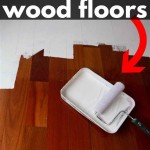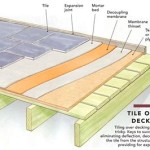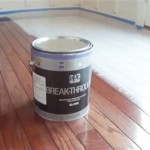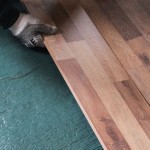The Essential Guide to Transition Pieces for Vinyl Plank Flooring
Transition pieces are an essential element in any vinyl plank flooring installation. They serve the vital function of bridging the gap between different flooring materials or between the flooring and other surfaces, such as doorways, stairs, and countertops. Choosing the right transition pieces can not only enhance the overall aesthetics of your flooring but also ensure a seamless and professional-looking finish.
Types of Transition Pieces
There are several types of transition pieces available, each designed for a specific application:
- T-molding: Used to transition between two flooring materials of the same height, such as vinyl planks and carpet.
- Reducer: Used to transition between two flooring materials of different heights, such as vinyl planks and tile.
- End cap: Used to finish the edge of a vinyl plank flooring installation, such as along a wall or staircase.
- Stair nose: Used to create a safe and aesthetically pleasing transition between vinyl plank flooring and stairs.
- Threshold: Used to transition between vinyl plank flooring and an exterior door or other high-traffic area.
Choosing the Right Transition Piece
When selecting transition pieces for your vinyl plank flooring, consider the following factors:
- Height: The height of the transition piece should match the thickness of your vinyl planks.
- Material: Transition pieces are typically made of aluminum, brass, stainless steel, or PVC. Choose a material that complements your flooring style and décor.
- Color and finish: Transition pieces are available in a wide range of colors and finishes. Select a color that blends seamlessly with your flooring or creates a contrasting accent.
- Shape: The shape of the transition piece should match the specific application. For example, a T-molding has a T-shaped profile, while an end cap has a flat profile.
- Function: Consider the specific function of the transition piece. Some transition pieces are designed for heavy traffic areas, while others are more suitable for decorative purposes.
Installation of Transition Pieces
Installing transition pieces is a relatively straightforward process that can be completed by avid do-it-yourselfers. Here are some general guidelines:
- Prepare the surface: Ensure that the subfloor and flooring are clean and level.
- Measure and cut: Measure the length of the transition piece and cut it using a miter saw.
- Apply adhesive: Apply a strong adhesive, such as construction adhesive or flooring adhesive, to the back of the transition piece.
- Place the transition piece: Place the transition piece in the desired location and press firmly into place.
- Secure the transition piece: Use nails or screws to secure the transition piece to the subfloor or flooring.
- Trim any excess: Trim any excess adhesive or flooring material that extends beyond the transition piece.
Maintenance and Care
Transition pieces require minimal maintenance. Regular cleaning with a damp cloth or mop is sufficient to keep them looking their best. Avoid using harsh chemicals or abrasive cleaners, as they can damage the finish.
Conclusion
Transition pieces are an essential component of any vinyl plank flooring installation. By choosing the right transition pieces and installing them properly, you can create a seamless and cohesive look that enhances the beauty and functionality of your flooring.

Uncover How To Use Luxury Vinyl Plank Transition Strips

Uncover How To Use Luxury Vinyl Plank Transition Strips

A Complete Guide To Flooring Transition Strips

A Complete Guide To Flooring Transition Strips

Your Guide To Stunning Floor Transitions Next Day Floors

The Ultimate Guide To Transition Strips

How To Transition Flooring Best Floor Transitions 50

How To Install Transition Strips In Doorways

How To Install A Transition For Lvp Flooring

Guide To Flooring Transitions
See Also







